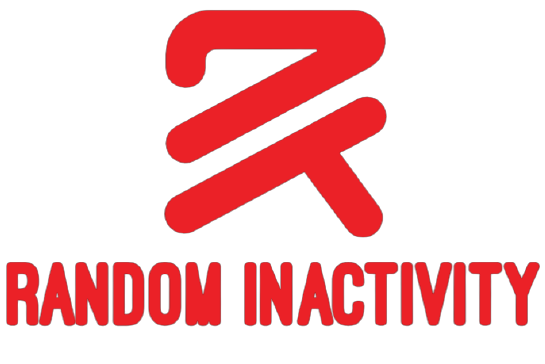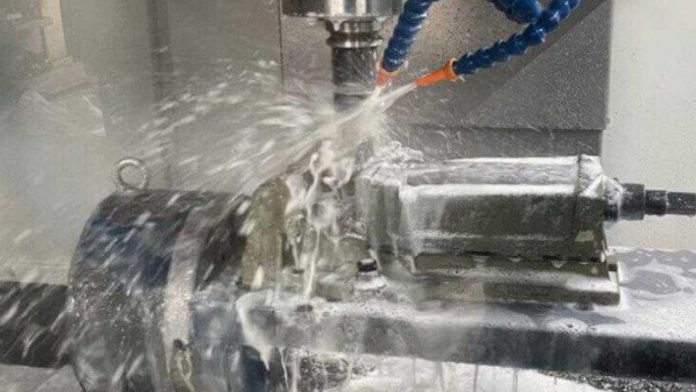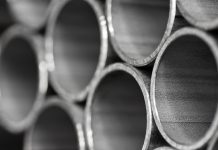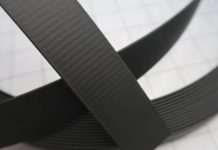In order to achieve the needed form, placing an order, or appearance specified by the processing of metal, metal is utilized, molded, shaped, and smashed by the method of forging. Given the type of metal and the specifications of the layout, hot forging or cold forging technologies can be used to finish the forging procedure.
The main fields of emphasis for CxinForging are product development and cold forging metal components and parts. In contrast to products produced via various methods, such as cutting, engraving, or hot forging, these cold-forged goods have the excellent surface polish and are close to the net shape.
The cost of production is decreased because finishing is practically never required. The cold forging processing technology is especially helpful for the long-term manufacturing of lightweight parts. The required forging equipment can be found here, and CXIN Forging is considered the top forging producer. Just visit supplier website so that you can get more details.
Kinds of Equipment Used for the Forging Process
Here, a few kinds of forging equipment are thoroughly discussed;
Press Forging Machine
The same concepts underlay drop forging and Machine for Press Forging, though press forging technology doesn’t constantly hit the workpiece. A die consists of two parts, whereby one is fixed to the anvil and the other connected with the ram, much like drop hammer tools.
The workpiece doesn’t have to be subjected to constant concussive force but is gradually compressed and forced by the into the lower die more powerful die. Plastic deformation happens and the force of compression is generated by a workpiece-compressing ram that is powered by hydraulics or screws Roller.
The workings of a roll-forging machine are managed by the contrary rollers which generate the task at hand and retain the dies. Support rails provide the rollers with characteristic springs so that the structure has a low spring characteristic. In order to distort the workpiece, the rollers are forced with more force than is necessary during operation.
Up setter
Up setter forging apparatus performs by smashing and punching the workpiece on one end whilst keeping it between two horizontal dies with grooves. The process of changing the appearance of a billet, bar, or bloom is where the name “upsetting” originates. Upsetter forging is additionally referred to as heading or putting pressure on a billet, hot rod, or both.
Rotary
A rotary forging equipment with the ability to move anvils flexibly while retaining the rotor and have a die on one end is employed to forge the workpiece within a circular enclosure. The workpiece has been placed within a cage-like configuration of anvils and rollers. As the cage turns, the anvils pound or otherwise hit the workpiece, leading the rollers to carry on spinning until the ideal shape is accomplished.
Drop Hammer
Two dies are utilized in a drop hammer machine, one of which is positioned on a stationary anvil and the other on a ram. A hot billet is positioned within the lower, fixed die. To produce the billet, the ram continuously presses the top die-hard onto the fixed die. The hammer can impact the billet for a particular amount of time, relying on the item being produced.
Concluding Remarks
The metal forging process involves shaping and producing metals by exerting applying pressure by hammering or pressing, highlighting, and rolling. The different types of forging processes, comprising cold and hot, vary according to the degree of metal deformation at what temperature.
Forging is an accepted technique for producing parts that are essential for the production of commodities and industrial processes. Considering several technical developments in the industry, forging remains to be the basis of efficient, cost-effective, and effective manufacturing.















